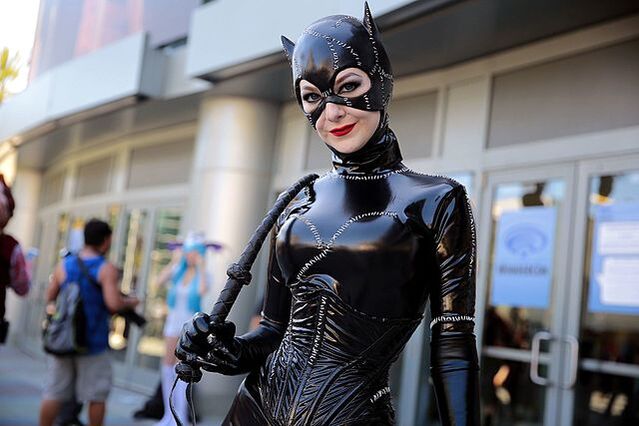The 2022 blockbuster motion picture The Batman presents the most complex and conflicted version of Batman to date. Despite remaining haunted by his parents’ murder of many years before and relentlessly suffering for the sake of his mission, Batman in every previous live-action incarnation has at least experienced some moments of happiness and has functioned well at his own priority, that of fighting crime as a masked hero.
The Batman‘s version, however, never smiles, does not bother to develop a public persona for himself as Bruce Wayne, expresses indifference to his own survival, and throws himself into his mission to the neglect of all other aspects of his life. That neglect even includes the parts necessary to pay bills and oversee management of his family’s charitable endeavors. With the crime rate having gone up in the two years since he first donned cape and cowl, he is uncertain whether he is doing any good. He is not functioning well even by his own standards and priorities, and he seems unable to feel joy (anhedonia). The darkest version of the Dark Knight may be Batman at his most depressed (Goldstein, 2022; Langley, 2022b; Rutigliano, 2022; Verniere, 2022).
As noted here previously (“Batman, the Riddler, and Borderline Personality Disorder”), The Batman‘s versions of both him and the Riddler live incomplete existences. Batman, at least, shows that he can grow. The entry of Selina Kyle (Catwoman) into his life is important in making him check his privilege, prioritize aid to the innocent over vengeance against the wicked, and perhaps live more life of his own.
In one story after another since her debut in 1940’s Batman #1, Catwoman appeals to the hero as Batman and Bruce Wayne, as bat and man. Despite the figure of speech which asserts that opposites attract (complementarity hypothesis – Thompsons & Mahalik, 1991; Winch, 1958) and how strongly apparent exceptions grab our attention or any anecdotal contradictions that might spring to mind, social psychologists repeatedly support the opposing expression that “birds of a feather flock together” (similarity hypothesis – see Buss, 1985; Nangle et al., 2004; Treger & Masciale, 2018). Differences between Selina and Bruce keep them apart, but their similarities keep drawing them together. Though Batman may seem to have more in common with other superheroes, they are good people in his eyes, but in his view of himself, “deep down, I’m not” (Batman #612, 2003). Just as his own dark side calls to him, so does a woman who regularly walks in the dark. Unlike Selina, though, other “bad girl” love interests such as Talia al Ghul do not hail from the darkness of Gotham City. The same corrupt city creates both bat and cat.
In every live-action movie appearance, Catwoman helps Batman become more of a well-rounded person.
- When Bruce first appears out of costume in 1992’s Batman Returns, he sits at home brooding in the dark, not even pretending to socialize like he did in Batman (1989), until the Bat-Signal shines and springs him to life. Selina Kyle puts him back in touch with being Bruce Wayne.
- In The Dark Knight Rises (2012) twenty years later, Selina’s theft of his mother’s pearls sends Bruce down to the Batcave for the first time in a quite a while. She puts him back in touch with being Batman.
- Even back in 1966’s Batman: The Movie, Catwoman reveals him to be more fully human by showing that Bruce really has a sex drive.
The new film, The Batman, is unusual in that Selina does not get to know Bruce. She knows only Batman. Nevertheless, she brings out feelings he has not been letting himself feel, and she contributes to his growth as he realizes he needs to do more to help others, not just slug thugs. In this case, her distance from Bruce is important, because her attitude toward Bruce as the aloof prince of Gotham is part of what makes Batman see the importance of his Wayne identity. She helps him realize he needs to do more. Though he does not fully respond to her advances, their chemistry is clear and she has sparked something to life inside him as a human being. He helps her some, but she helps him most.
Across more than 80 years of history in print and other media, no writer has ever created any other love interest who resonates so strongly with our hero as both bat and man, avenger and protector, fear and hope out of their city’s shadows.
However much people may scoff at the idea at that one person can make another more complete, sneering at “You complete me” in the film Jerry Maguire (e.g., Bruce, 2011; Drevitch, 2020), the romantic notion endures (Pawelski & Pawelski, 2017; Samuel, 2020) and speaks to people. By no means does any version of Catwoman make Batman whole. Nevertheless, this character fits such a particular combination of characteristics that those qualities speak to him within the fiction and meet a need that brings storytellers behind the scenes back to her time and time again. Any other character that checked off the same characteristics would likely strike viewers as a copycat, so to speak.
The line of law between cat and bat keeps the tension going. As comic book story continuity “keeps rebooting so Gotham City doesn’t have a ninety-year-old vigilante capering around town” (Langley, 2022a, p. 238) and as new film series keep putting new spins on the Dark Knight, writers keep crafting new accounts of how the two of them come together because she can always make Batman and Bruce Wayne more complete. She is his love story.






